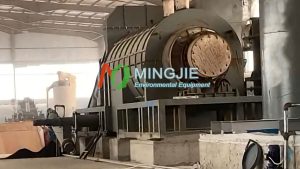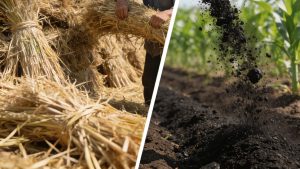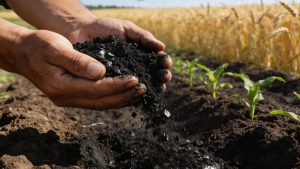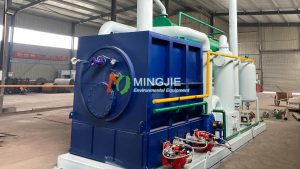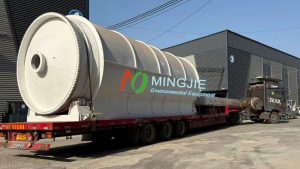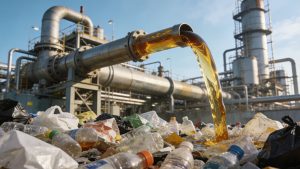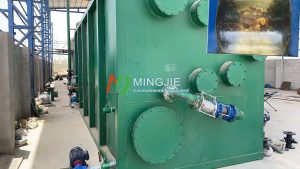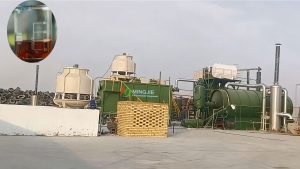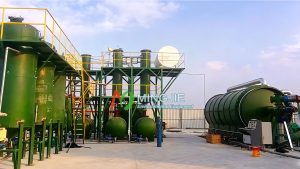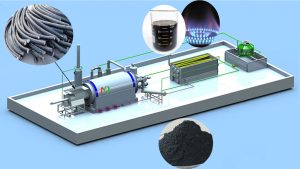With the increasing awareness of environmental protection and the demand for resource recycling, pyrolysis equipment is increasingly used in waste treatment, biomass energy conversion and other fields. Our pyrolysis system is suitable for large-scale, high-efficiency waste treatment and resource conversion scenarios. They can meet customers who have high requirements for equipment performance, stability and environmental protection standards.
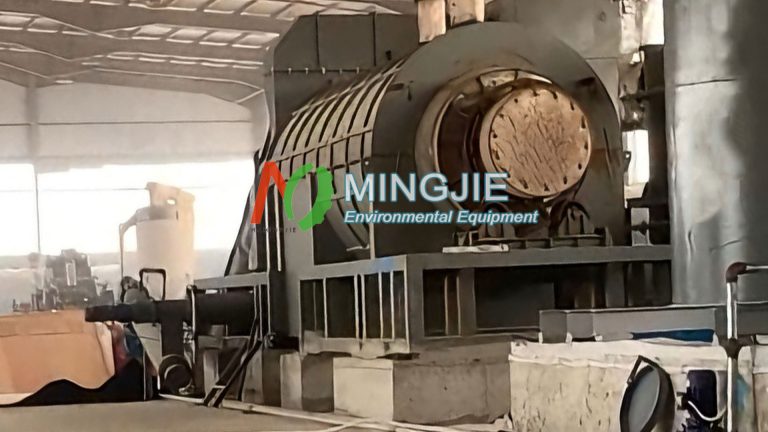
MJT-2000 Sawdust Biochar Machine Running
In early December 2025, the MJT-2000 sawdust biochar machine successfully commenced operation in Saudi Arabia. At the client’s site, this biochar production equipment demonstrated an astonishingly efficient and stable output capacity. It has been running continuously and stably for several hours, fully showcasing its excellent stability and reliability. The client

How to Make Biochar from Agricultural Waste
Mingjie biomass carbonization equipment can produce biochar from agricultural waste through continuous pyrolysis technology. It not only processes waste but also generates high-value biochar products. Biochar from agricultural waste is one of the most direct and important ways to achieve negative carbon emissions. It locks waste carbon sources into a

Sludge Biochar Making: Solid Product from Biomass Pyrolysis
In recent years, pyrolysis carbonization technology has developed rapidly, achieving the reduction and resource utilization of sludge. Biomass pyrolysis equipment converts sludge into a high-value functional material, with sludge biochar as the main solid product. Sewage sludge biochar typically possesses a well-developed porous structure, a large specific surface area, abundant
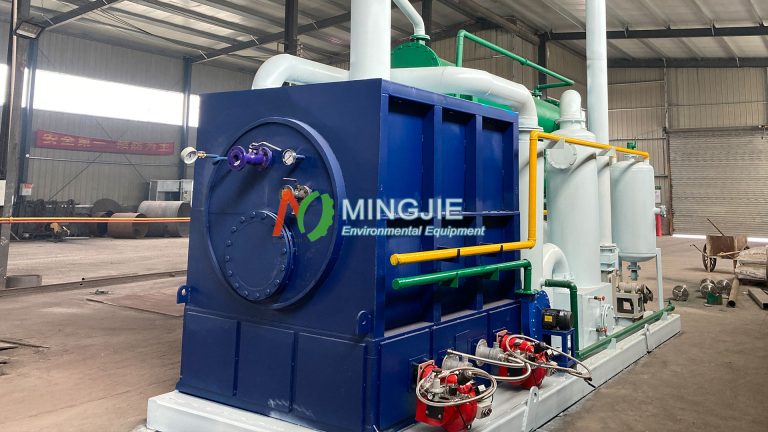
Waste Oil to Diesel Machine
Waste oil to diesel machine can process various waste oils, converting them into clean diesel fuel. The core principle of a waste oil to diesel plant is distillation. Waste oil is heated, vaporized, and condensed, separating and converting it into diesel fuel. Distillation equipment typically operates at a low pressure
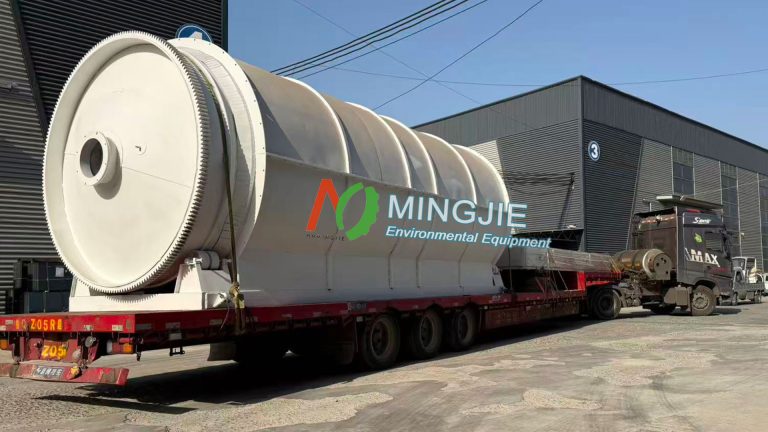
MJ-15 Pyrolysis Plant for Sale to Argentina
On December 5, 2025, Mingjie Group completed the shipment of the MJ-15 pyrolysis plant for sale to Argentina from the factory. This customer purchased two pyrolysis units for processing solid waste, thereby converting waste into fuel oil. The MJ-15 pyrolysis plant features a large furnace door design and is equipped
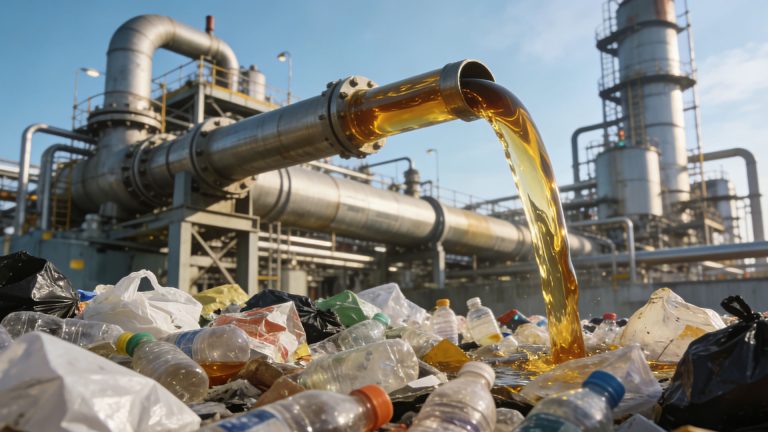
Plastic to Diesel Plant
The plastic to diesel plant helps reduce oil consumption, carbon dioxide emissions, and the amount of waste requiring disposal. Furthermore, plastics can be converted into useful products. The pyrolysis process for converting plastic into diesel is one of the most dynamic areas in the plastics industry today. The key advantage
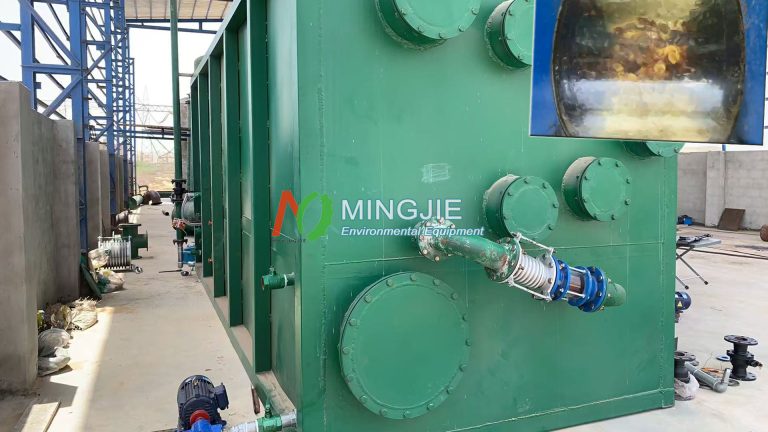
Plastic to Fuel Machine
The core of the The plastic to fuel machine converts mixed plastics into pyrolysis oil, syngas, and carbon black in an oxygen-free environment. One ton of plastic can produce 700 liters of diesel fuel, with carbon emissions 60% lower than fossil fuels., which converts waste into energy, lies in pyrolysis

Extracting Oil from Tyres by Pyrolysis Plant
Extracting oil from tyres relies on pyrolysis plant to complete this chemical conversion process. Rubber is the key component in this conversion. During pyrolysis, the oxygen-free, high-temperature environment inside the pyrolysis plant breaks the chemical bonds in the rubber molecular chains. The previously tightly linked macromolecular structure is broken down,
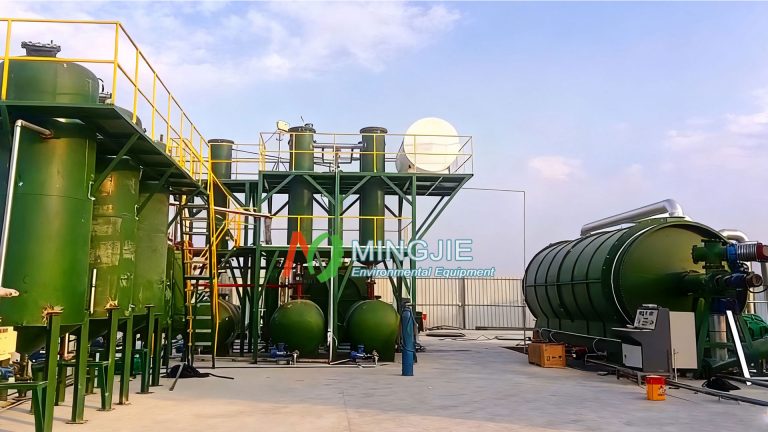
Tire to Oil Plant Turns Rubber into Fuel
The tire to oil plant is an industrial facility specifically designed to convert waste tires into reusable resources. It plays an increasingly important role in resource recycling and environmental protection. The tire to oil plant operates on the principle of pyrolysis technology. This is a process that decomposes organic matter
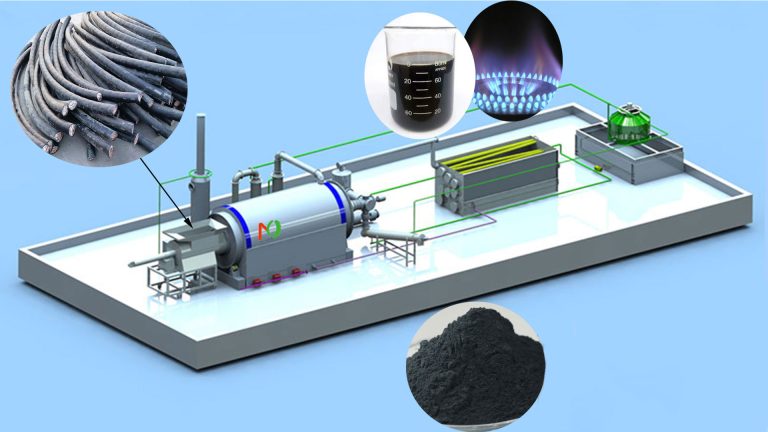
Pyrolysis of Waste Cable
Pyrolysis of waste cable involves heating the cable insulation layer under anaerobic or oxygen-deficient conditions to cause thermal decomposition of the polymer molecules. The pyrolysis of waste cable process occurs within a temperature range of 300-450℃ and lasts for 90-120 minutes. Within this temperature range, the carbon-carbon bonds in the

